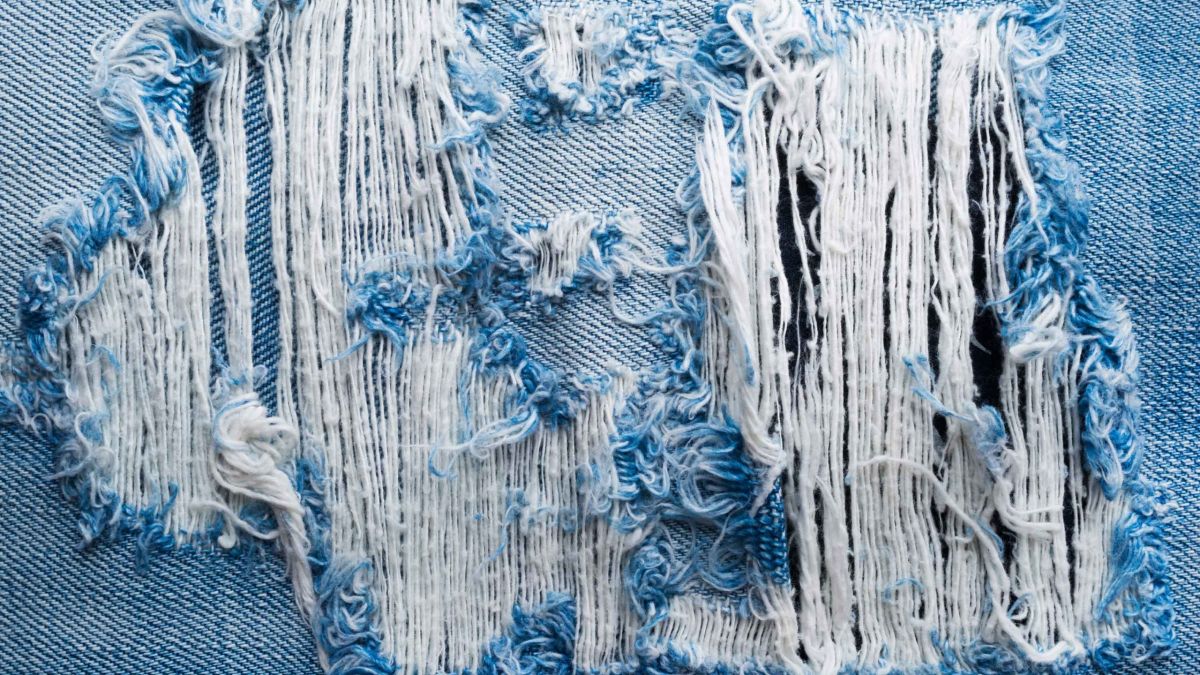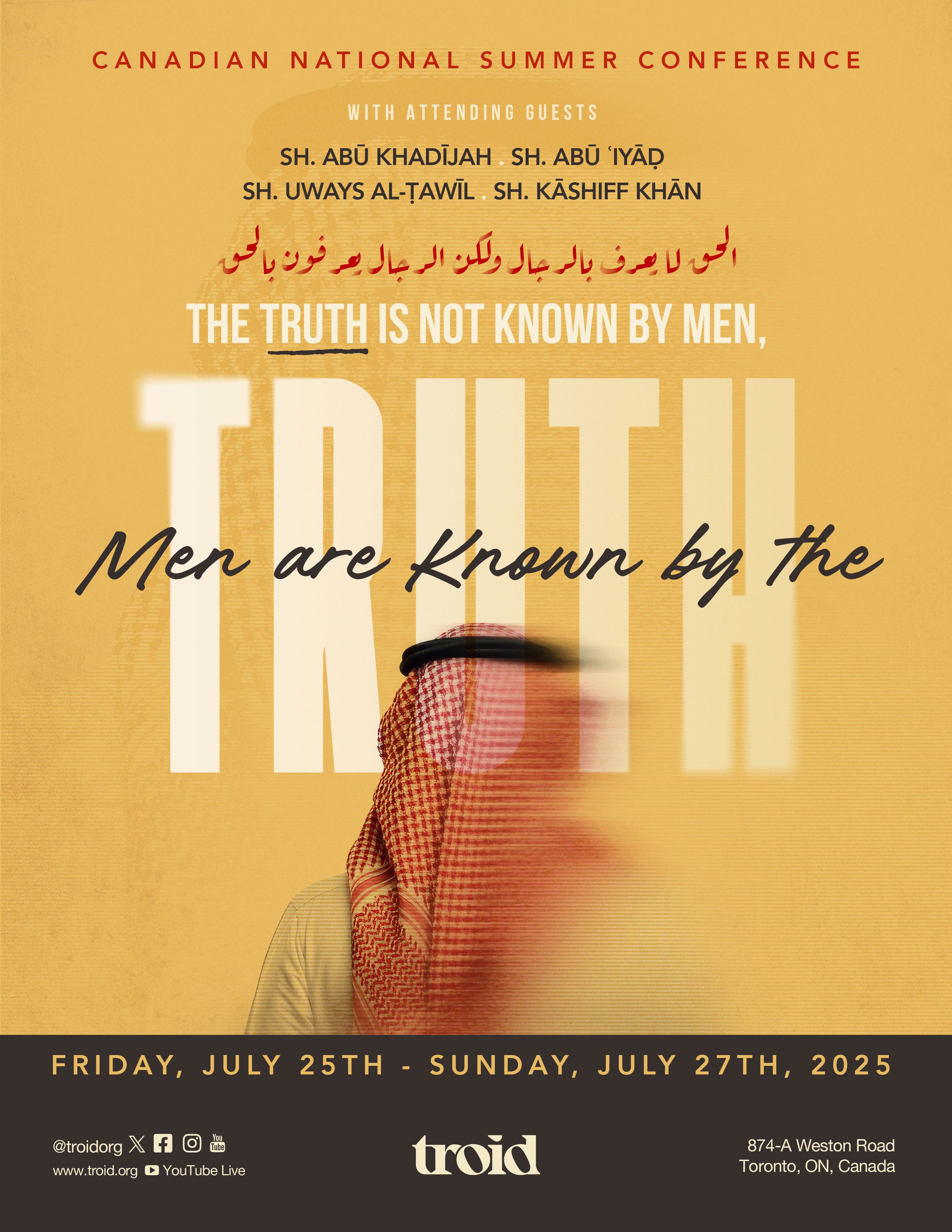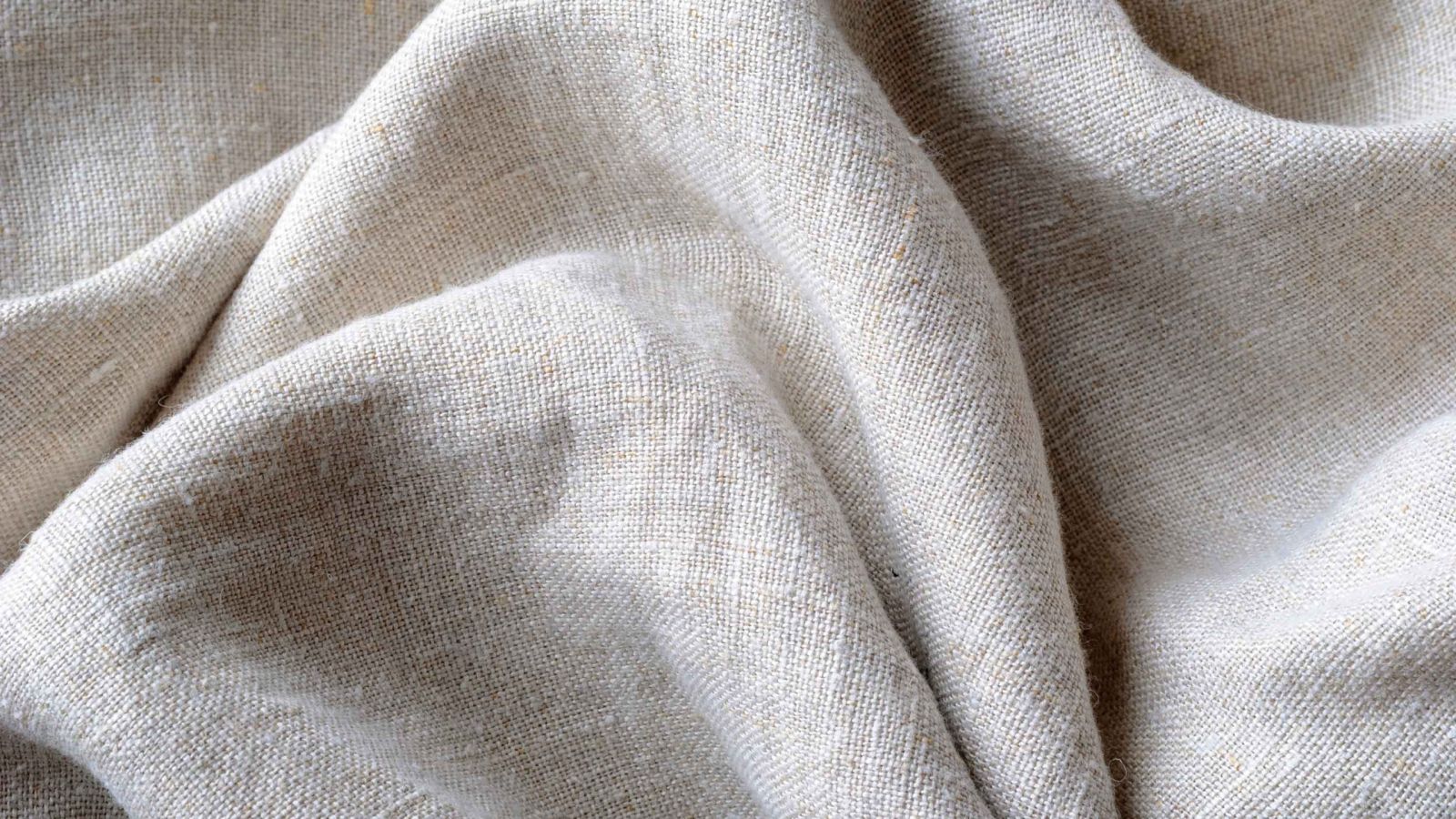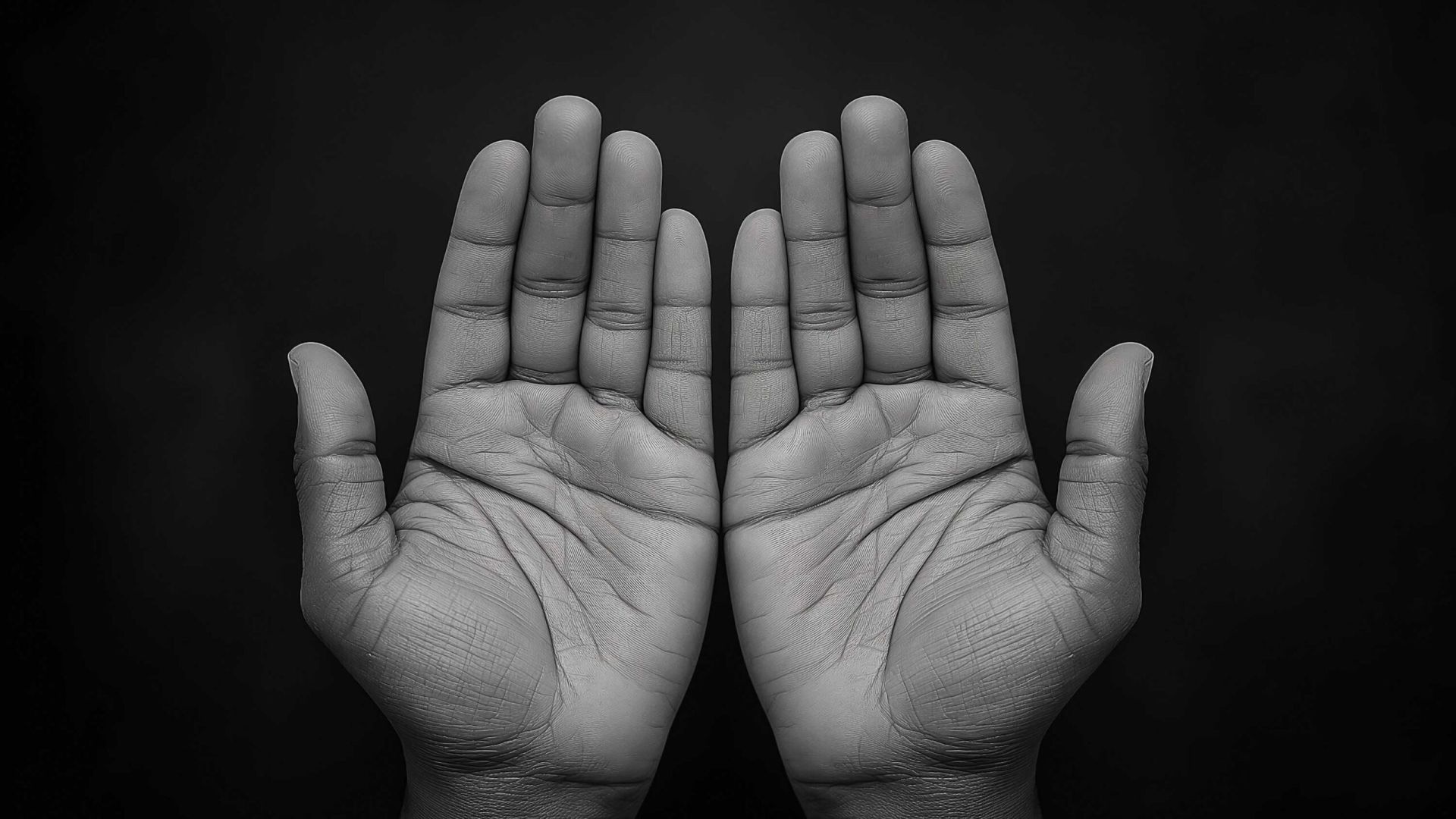The Ruling of Praying in Ḥarām Clothing
Imām Muḥammad ibn Ṣāliḥ al-ʿUthaymīn


The Opinion of the Ḥanbalī Madh`hab
As for the one who prays in clothing that is ḥarām, his ṣalāh should be deemed incorrect. The reason for this is that permissibility is among the prerequisites of the clothing one uses to cover himself. So, if a person prays in clothing that is ḥarām—whether this be due to the way in which it was procured, its material, or attributes, or the specific money used in its purchase—his ṣalāh is deemed incorrect.
Types of Ḥarām Clothing
An example of clothing that is ḥarām due to the way in which it was procured includes that which is taken by unlawful seizure, stolen, or its likeness. An example of clothing that is ḥarām in relation to its material is silk clothing for men, or that which contains pictures whether for men or women, as such clothing is ḥarām for both genders. As for clothing that is ḥarām due to its attributes, an example of this could be the prayer of a man in woman’s clothing or vice versa.
The Ruling of Clothing Purchased with Stolen Money
As for clothing that is ḥarām due to the specifics of the money used in its purchase, an example of this could be if a man was to purchase clothing with stolen money. This issue requires elaboration: If the sales agreement occurred pertaining specifically to the stolen money [covering the cost], then one’s ṣalāh in such clothing will be deemed invalid. If, however, the sales agreement has no clause that pre-specifies the source of the wealth—that is, if the buyer takes responsibility for the cost in the future—then his ṣalāh in such clothing is valid. Such elaboration represents the jurists’ (رحمهم الله) care and attention to detail in issues of jurisprudence. Such that if you were to approach a clothing vendor and say: ‘Sell me this piece for this amount of money’, which was stolen, and he sells it to you, your ṣalāh in it would be invalid. This is because the contractual agreement made here is likewise invalid due to it occurring in relation to bank notes that were stolen and ḥarām. However, if you were to say to him instead: ‘Sell me this piece for ten dirhams [paid in the future]’ and he sells it to you, and later on, you cover the cost of that piece of clothing with stolen money, this sales agreement is considered valid even though the money used in the transaction was ḥarām. This is because no particular money was specified as part of the initial sales agreement. Rather, its cost was to be paid in the future. The cost was finally settled by the buyer using stolen money [which was not specified when the goods changed hands].
Evidence and Reasoning for the Opinion of the Ḥanbalī Madh`hab
The evidence for one’s ṣalāh being deemed invalid in such clothing is that covering oneself in ṣalāh is a form of worship. As such, any act of worship that occurs in a forbidden manner has also occurred in a manner that is contrary to the command of Allāh and His Messenger (صلى الله عليه وسلم). Therefore, it must be rejected due to his (صلى الله عليه وسلم) saying: “Whoever engages in an act that is not from our matter [of Islām] will have that act rejected”1. Also, covering one’s ʿawrah is among the prerequisites of ṣalāh, but wearing this specific clothing is ḥarām. It is impossible for an order and a prohibition to pertain to a single article. That is, this ḥarām piece of clothing is used by a person to cover himself in ṣalāh which is obligatory. Simultaneously, wearing the very same piece of clothing is also ḥarām for him because it is among the categories of ḥarām clothing. Hence, obligation and prohibition have clashed in a single matter. As such, that which is ḥarām—from a legislative standpoint (i.e. the garment)—may be equivocated to the non-existent (i.e. the act of praying) which would mean that the wearer is not fulfilling the obligation imposed upon him by that legislation. Considering this, it is as if his clothing is non-existent as he has made that which is forbidden take the place of the obligation that was imposed upon him, clashing obligation with prohibition. This matter must be invalidated as if he never fulfilled the command with which he was ordered. This reasoning is quite sound. Furthermore, it is supported by the narration in which the Messenger (صلى الله عليه وسلم) ordered the man who prayed with his clothing below his ankles to repeat his ṣalāh.2 This proves that permissibility is among the prerequisites of the clothing used to clothe oneself in ṣalāh.
The Opinion of Shaykh Ibn ʿUthaymīn (رحمه الله)
Many other scholars have also adopted the opinion that covering oneself in ḥarām clothing in ṣalāh does not invalidate prayer. This is because covering of one’s ʿawrah may still occur by means of clothing that is ḥarām. Here, obligation and prohibition pertain to different matters. That is, wearing that particular clothing is ḥarām but its prohibition is unrelated to ṣalāh. Rather, wearing it is ḥarām in any and all circumstances. To further clarify this point: If the Legislator was to say: ‘Do not pray in this clothing’, then a person prayed in it, we would have to say: The performed ṣalāh is invalid because you have prayed in the clothing that you were specifically forbidden from praying in. However, the Legislator has not specifically prohibited performing ṣalāh in this clothing but has, instead, prohibited wearing that clothing at all times whether in ṣalāh or otherwise. Thus, him wearing it does not stipulate the invalidity of ṣalāh as the directionality of obligation and prohibition are different. The order to clothe oneself in ṣalāh is for the purpose of the ṣalāh itself:
يَا بَنِي آدَمَ خُذُوا زِينَتَكُمْ عِندَ كُلِّ مَسْجِدٍ
“O Children of Ādam! Take your adornment (by wearing your clean clothes), while praying.”
(Al-Aʿrāf, 7:31)
The prohibition of wearing ḥarām clothing is completely unrelated to ṣalah. Rather, its impermissibility stems from using a commodity whose usage is unlawful for the person in question. This opinion—that is, that ṣalāh in clothing that is ḥarām should be deemed valid—is correct. Except if the ḥadīth of the man whose clothing hung below his ankles is confirmed as authentic. If that narration is authentic, then we must adopt a stance consistent with it. However, many scholars have graded it weak. They say: It may not be used as evidence. As such, we cannot obligate a person repeating their ṣalāh based solely on such a weak narration.
[Q]: What if a person prays while wearing a ḥarām piece of clothing while also wearing other permissible pieces at the same time?
[A]: The apparent stance of the composer appears to be that the ṣalāh of such a person is invalid. As he says: “or prays in a piece of clothing that is harām upon him” rather than saying: “or covers himself with clothing that is ḥarām upon him”. Considering this, according to the composer, if a man was to pray in silk, but underneath he was also wearing cotton or wool, his ṣalāh would still be deemed incorrect. It has also been said: If the ḥarām clothing is worn as an undergarment which contacts the body, and the permissible clothing is worn as a covering over this, then the ṣalāh is incorrect. If vice versa, ṣalāh should be deemed correct. The reasoning behind this is that the clothing worn as undergarments in contact with the body are actually what one has used to cover himself. If a piece of clothing is used as a covering, one has still actually covered himself with that which is worn underneath. Thus, there is a difference between the two. Although, the apparent stance of the composer is that there is no difference. The correct opinion is, as aforementioned, ṣalāh is ḥarām clothing should be deemed valid.
Advising Others Should Differ Before and After Ṣalāh is Performed
If a person was to request a ruling from us after having already prayed in a ḥarām piece of clothing, we would not order him to repeat his ṣalāh. However, if he was to ask us concerning it before praying, we would order him to remove the clothing that is ḥarām for him. Not solely because of ṣalāh, rather because those clothes are ḥarām and it is impermissible for him to use them. Here, there is a difference between us facilitating the usage of ḥarām by a person seeking to utilise it and a person asking regarding an action that has already been performed in the past and completed. He should not be ordered to repeat his prayer.
Although, according to the Ḥanbalī madh`hab, he would be obligated to repeat it. For a person’s ṣalāh to be deemed invalid due to wearing ḥarām clothing [according to the Ḥanbalī madh`hab], he must be both knowledgeable of the prohibitive nature of his clothing and recall the fact that he has worn it. If he is either ignorant or mindless of the nature of his clothing at the time of praying, he does not have to repeat his ṣalāh.
[Q]: If a person possesses only ḥarām clothing, should he wear it to pray?
[A]: We must examine his circumstances. If the prohibitive nature of the clothing relates to the rights of another servant of Allāh like clothing that is acquired by unlawful seizure, then he must not pray while wearing it. If he only possesses clothing that has been attained in this way, we would say: ‘remove it and pray naked. It is impermissible for you to pray in these clothes. For its prohibition pertains to the rights of another. Except if you are subject to an extenuating circumstance like, for example, safeguarding yourself from the cold in which case you should pray in it. As wearing such clothing in this circumstance is considered permissible.’
If the clothing in question is ḥarām in relation to one of the rights of Allāh, then there is nothing wrong if he prays in it. For example, silk clothing for a man who possesses no other garment. He may pray in it because it is only ḥarām due to one of the rights of Allāh. And the right of Allāh may be forgone due to a valid exemption. Here, he may pray in it without having to repeat his ṣalāh. Likewise, if one only possesses clothing that bears imagery, he may pray in it provided he cannot find anything besides it.
Other scholars also say: If the clothing he possesses is ḥarām as it pertains to the rights of another servant of Allāh, he may pray in it because this represents a usage that is insignificant concerning which the customs and practices of most people would stipulate allowance. We believe with near certainty that if the true owner of the clothing in question knew that you were using it to cover yourself and that you did not possess any other piece of clothing other than it, he would forgive the usage of his property for such a purpose. This is the case for the majority of people and would otherwise be well-known. This opinion is not far from soundness, especially if you know that the true owner of this clothing is a generous, righteous man. Here, we would have to say: You must use it to cover yourself when praying. This is because such a man is very likely pleased with the usage of his property in this way.
Endnotes:
[1] Authentic: narrated by Muslim: 1718.
[2] Weak: narrated by Abū Dāwūd: 638. In it, the Prophet (صلى الله عليه وسلم) orders a man whose clothing extended below his ankles to perform wuḍūʾ twice and then said: “Indeed, he was praying with his clothing hanging below his ankles and, indeed, Allāh does not accept the ṣalāh of the man who allows his clothing to hang below his ankles”. Graded weak by Shaykh al-Albānī in Jāmiʿ Turāth 3:354. See Sunan Abī Dāwūd edited by Muḥī al-Dīn ʿAbd al-Ḥamīd.
Source: Al-Sharḥ al-Mumtiʿ 2:173-177
Translated by: Riyāḍ al-Kanadī

















